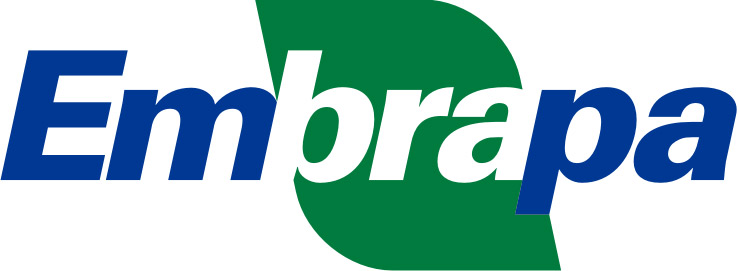Please use this identifier to cite or link to this item:
http://www.infoteca.cnptia.embrapa.br/infoteca/handle/doc/1108402| Title: | Grass and forage research indexed by the Web of Science from 2005 to 2015. |
| Authors: | SANTOS, P. M.  DIAS FILHO, M. B.   MACHADO, J. C.   MATTA, F. de P.   RAMOS, A. K. B.   EUCLIDES, V. P. B.   BENDAHAN, A. B.   PEREZ, N. B.   CAVALCANTE, A. C. R.   PEDROCHI, M. A.   JUSTINO, T. da S.   |
| Affiliation: | PATRICIA MENEZES SANTOS, CPPSE MOACYR BERNARDINO DIAS FILHO, CPATU JUAREZ CAMPOLINA MACHADO, CNPGL FREDERICO DE PINA MATTA, CPPSE ALLAN KARDEC BRAGA RAMOS, CPAC VALERIA PACHECO BATISTA EUCLIDES, CNPGC AMAURY BURLAMAQUI BENDAHAN, CPAF-RR NAYLOR BASTIANI PEREZ, CPPSUL ANA CLARA RODRIGUES CAVALCANTE, CNPC MARA ANGELICA PEDROCHI, CPPSE Thais da Silva Justino, UFSCar. |
| Date Issued: | 2019 |
| Citation: | São Carlos, SP: Embrapa Pecuária Sudeste, 2019. |
| Pages: | 27 p. |
| Description: | Beef and milk production in Brazil is mainly pasture-based (Assis et al., 2005; ABIEC, 2018; FERRAZ; FELÍCIO, 2010). There is around 160 million ha of pasturelands in Brazil, which represents 45% of the agricultural area (IBGE, 2017). Sown pastures represent around 70% of the total pasture areas and are located mainly in the North, Southeast and Center-West regions of Brazil (IBGE, 2018). Grass and forage research in Brazil has shifted focus along the years. Traditionally, grass and forage research focused mostly on topics related to forage and animal production. Currently, besides the search for increasing production to fulfill a growing worldwide animal protein demand, grass and forage research faces new challenges like land degradation, climate change, competing land use, environmental impacts, including natural resources utilization, deforestation, loss of biodiversity, fragmentation, and loss of habitats, reduction on ?labor force? in rural areas, sustainability, among others. Indicators on science and technology reflect the central tendencies on scientific, technological and innovative activities from a country, institution or knowledge area. The development of specific indicators on science and technology on grass and forage science may be helpful for planning and evaluating activities of research groups and policy-makers alike. Based on specific indicators on science and technology it is possible to identify the main topics and grass and forage science research groups, and also verify if their activity is related to the main problems from the pasturebased animal production sector. This information may contribute to the more efficient use of research resources and to the progress of scientific advance on pasture-based animal production sustainability and competitiveness. |
| Thesagro: | Forragicultura |
| NAL Thesaurus: | Animal production |
| Keywords: | Forage science Forage research Grass Mineração de dados |
| Series/Report no.: | (Embrapa Pecuária Sudeste. Documentos, 132). |
| Type of Material: | Folhetos |
| Access: | openAccess |
| Appears in Collections: | Série Documentos (CPPSE)  |
Files in This Item:
| File | Description | Size | Format | |
|---|---|---|---|---|
| DOCUMENTOS132.pdf | 1.92 MB | Adobe PDF |  View/Open |









